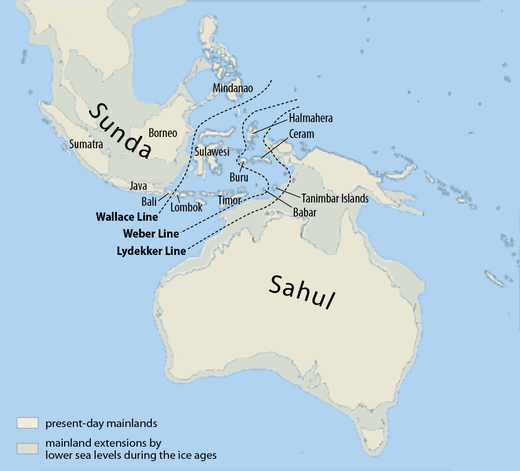“Denisova´s Mystery” is a French documentary from 2022 about the discovery of a “third human form” in a cave in Siberia. The docu features Svante Pääbo, who was recently awarded the Nobel Prize for his extraction of DNA from Neanderthal bones. As for the “third form” humans (really more like the 57th form at this stage), they are known as Denisovans, named after the Russian cave in which their remains were discovered.
The Denisovans
were “archaic” humans and probably looked more like Neanderthals than Homo
sapiens. Just like the Neanderthals, however, the Denisovans (who survived
until about 15,000 years ago) have contributed to the gene pool of Homo
sapiens. The documentary speculates that the Denisovans may be ancestral to both
Tibetans and Chinese, perhaps giving the former the genes necessary to live at
high altitudes. Apparently, Chinese researchers are intrigued by the possibility
that the Denisovans may be the forefathers and Ur-mothers of the Chinese
people. Dare I guess that some kind of nationalism may be behind this interest? Note also how recent science moves ever closer to the previously disregarded "multi-regional" hypothesis of human origins.
The
strongest genetic connection between Denisovans and any population of Anatomically
Modern Men (and, I suppose, Women) has been found in New Guinea, principally in
remote corners of the large island´s highlands. While Papuans are mostly of our
own species, they must have mixed with Denisovans at some point in the very distant
past. The French researchers raise some eyebrows over the presence of
Denisovans at New Guinea. While most of the East Indies formed part of the
Asian landmass during the Paleolithic, there was no land bridge between this
area (“Sundaland”) and ancient Australia-New Guinea (“Sahul”). How did the
Denisovans cross the sea?
What a
remarkably silly question! Here is the obvious answer: they built rafts. Or
even small boats. There, I solved the question for you. The question is either
based on the idea that Stone Age peoples must have been “primitive”, or that pre-sapiens
humans weren´t particularly sapient, and hence somehow couldn´t have done it. In
reality, it´s clearly the other way around: they could and they did. That the
Denisovans later may have lost that knowledge, becoming forever marooned in the
New Guinea highlands with a bunch of cannibals of the more sapient persuasion, doesn´t
disprove this. Even Stone Age cultures may have experienced cycles of rise and
fall, the rise in this case being the phase of exploration. One might even speculate
that the *fall* of some Denisovan land culture could have pushed a particularly
clever remnant onto a journey of exploration…
There is
clearly a lot more to find out here. Not just about the robust and archaic Denisovans,
but also about our own gracile and modern prejudices.

My 7000th blog post!
ReplyDeleteRe "homo sapiens"
ReplyDeleteAt the core of homo sapiens is unwisdom (ie, madness) and so the human label of "wise" (ie, sapiens) is a complete collective delusion --- study the free scholarly essay “The 2 Married Pink Elephants In The Historical Room" ... https://www.rolf-hefti.com/covid-19-coronavirus.html
Once you understand that humans are "invisibly" insane you'll UNDERSTAND (well, perhaps) why they, especially their alleged experts, perpetually come up with myths and lies about everything ... including about themselves (their nature, their intelligence, their origins, etc).